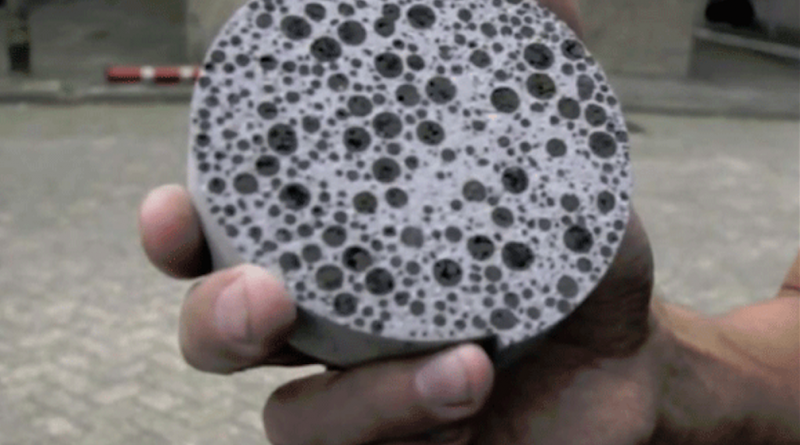Self-Healing Concrete: Big-time Business Impact
Self-healing. Sound like something Oprah might teach you to do? Well, just about everybody from MIT Scientists to European professors to U.K. engineers are knee deep in it. And they’re doing it in the name of concrete.Why you should care: Self-healing concrete stands to improve durability, safety, and reduce maintenance costs. You might have heard of it. Here’s the latest:
Self-healing concrete can repair itself when the concrete cracks and gets damaged by moisture. There are several technologies in the works that are being tested and may be on the market within several years. The ideal system will be embedded in the concrete when it’s first set. When damage occurs, the system will detect it and repair it without the need for any human involvement.
Three new technologies are currently being tested in the U.K. by researchers from Cardiff University, the University of Bath, and the University of Cambridge in collaboration with Costain, a well-respected engineering firm. The testing, part of a project called Materials for Life (M4L), is going on at one of Costain’s road improvement projects.
One technology involves using shape-shifting materials, or shape-memory polymers, to repair large cracks in concrete. The polymers are embedded into the concrete when it is set and are heated and transformed into a different shape to close up cracks or make cracks smaller.
Another technology uses both organic and inorganic healing agents that are pumped through a system of thin tunnels in the concrete and assist in repairing damaged concrete.
The third technology being tested in the U.K. consists of lightweight aggregates in the form of tiny capsules that are embedded into the concrete. These capsules contain bacteria and healing agents so that once damage occurs to the concrete, the capsules will release their contents which will repair the damages or cracks.
Meanwhile, in the Netherlands, Henk Jonkers of the Delft University of Technology in the has come out with bioconcrete; this is concrete embedded with capsules of limestone-producing bacteria and calcium lactate. With this method, if the concrete cracks, air and moisture prompt the bacteria to eat away at the calcium lactate which will then convert to calcite, an ingredient in limestone, which seals the crack.
Another technology by MIT scientists is a system that employs sunlight to activate polymer microcapsules in order to fill in cracks.
Self-healing technology has huge potential to benefit the construction industry. We look forward to seeing how it gets used on jobs, and what they’ll endow with self-healing powers next.
Photo courtesy of the Delft University of Technology website
Source: Angela Hurni









